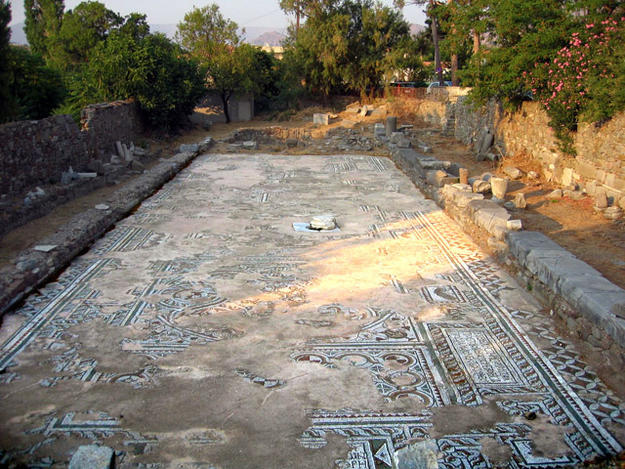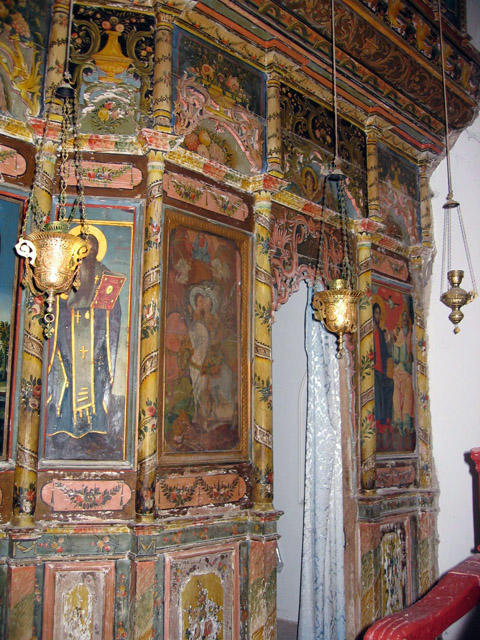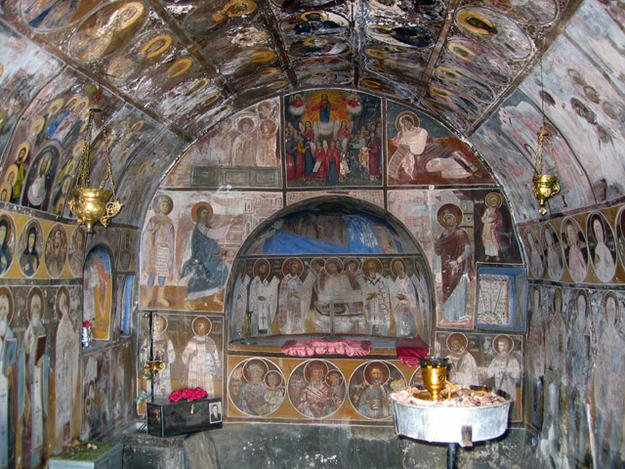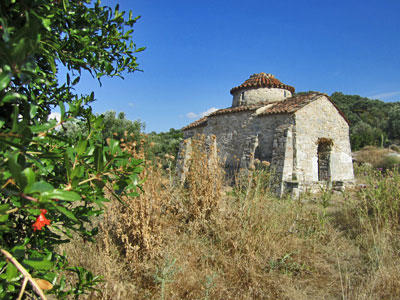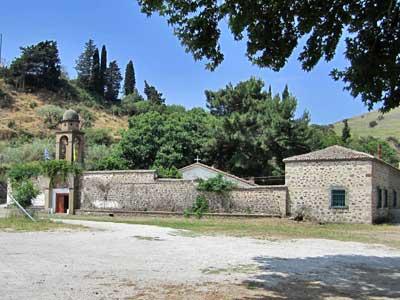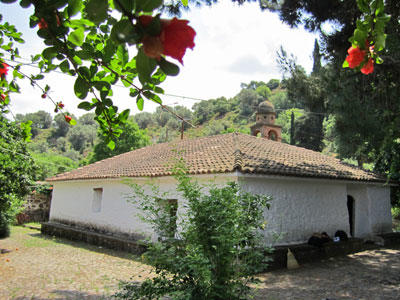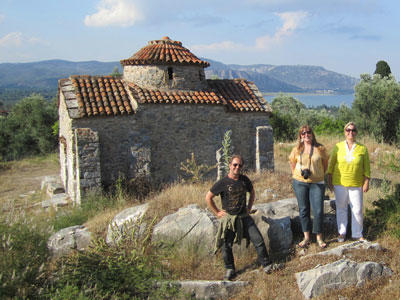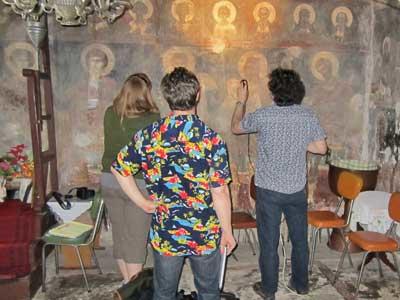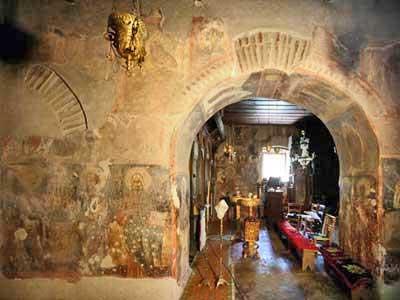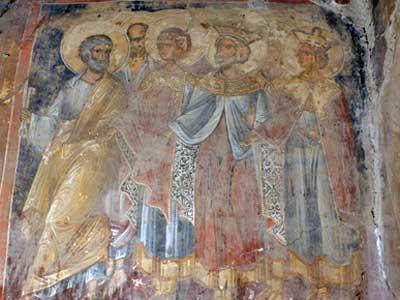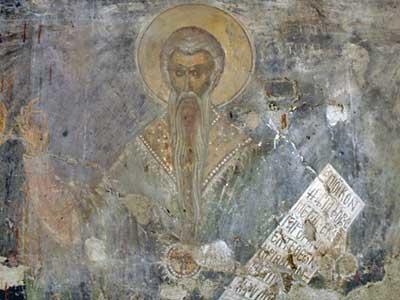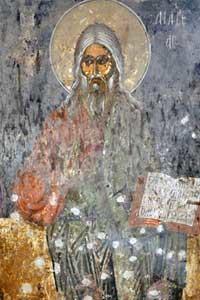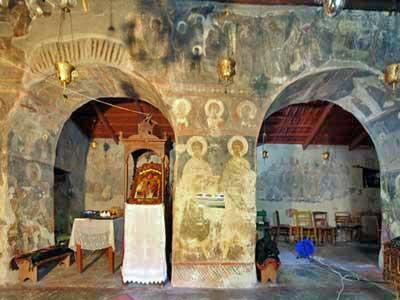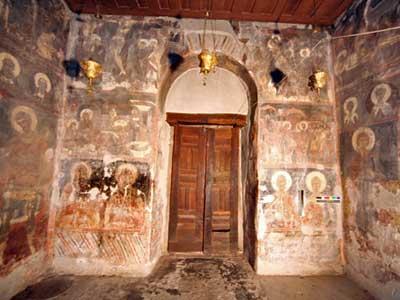The eastern Mediterranean island of Lesvos, or Lesbos, has a large number of historic churches representing a continuum of ecclesiastical architecture from the early Christian period through the late nineteenth century. Many are filled with beautiful iconography, among them, the church of Perivolis convent, or Moni Perivolis, in the west of the island. This complex has been dated to the Byzantine period, although its first documented reference is in 1590. Moni Perivolis includes an interior courtyard, convent, and church, and a modest perimeter wall which belies its treasure—an extraordinary cycle of wall paintings, believed to date from the late sixteenth to the mid-seventeenth century, depicting the life of Christ. Since the 1990s, the church has been used for religious services and festivals, and feast days, and along with eleven other historic churches on Lesvos, was included on the World Monuments Watch in 2008 and 2010 to draw attention to the deteriorating conditions of this important structures and spark interest in conserving them for continuing use by the community and visitors.
Providing opportunities to professionals-in-training
After inclusion on the Watch, World Monuments Fund supported a summer field program on Lesvos for graduate students in historic preservation, the goals of which were an in-depth assessment of Moni Perivolis and a preliminary survey of the other eleven churches. In two summer field seasons in 2010 and 2011, two student teams from Columbia University worked under the supervision of conservators, in collaboration with local authorities. Their efforts included documenting conditions through to-scale drawings, photography, and environmental monitoring. The results are published in Churches of Lesvos: A Preservation Study for the Katholikon of Moni Perivolis and Other Historic Churches. The other eleven churches are: Agios Andreas Early Christian Basilica in Skala Eresou, “Afentelli” Early Christian Basilica near Skala Eresou, Agios Stephanos Church near Mantamados, Katholikon of Moni Taxiarchon near Kato Tritos, Katholikon of Moni Damandriou near Polichnitos, the Metamorphosi Soteros (Transfiguration) Church in Papiana, Agios Georgios Church in Anemotia, Agios Nikolaos Church in Petra, Graveyard Church of Moni Ypsilou on Mount Ordymnos, Agios Ioannis Church in Kerami, and Taxiarchon Church in Vatousa. The aims of this project were to provide the stewards of the Lesvos churches with a useful resource—the conservation study—and also to provide training for graduate students in historic building documentation and assessment skills. Offering such opportunities to professionals-in-training is a key aspect of WMF’s educational mission. These on-site learning experiences complement university curricula and prepare students for work in the field. Next-generation heritage professionals gain important understanding of international issues in conservation and cross-cultural collaboration. Their work provides a valuable resource for the continued stewardship of Moni Perivolis and the other eleven Levnos churches by serving as a basis for an integrated preservation strategy to foster additional opportunities for international cooperation and student learning.

